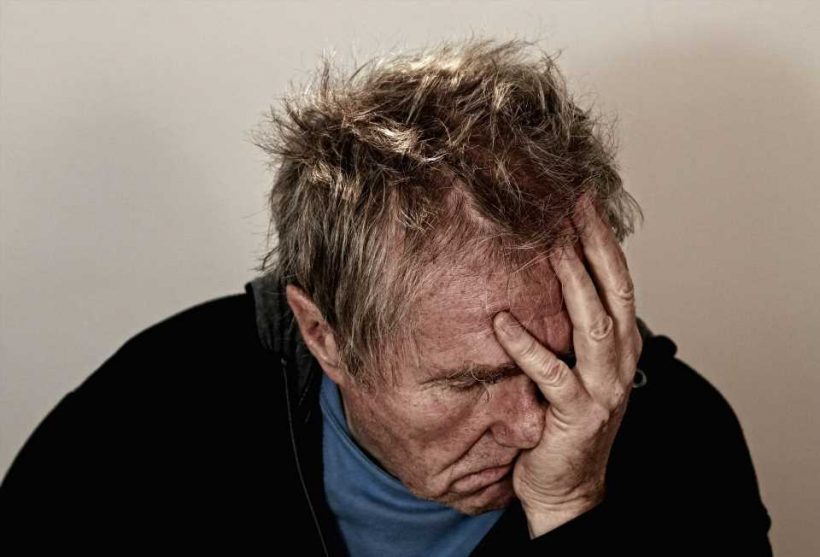
Steroid injections appear to lead to significantly greater pain relief and movement for up to four months than current best care in adults with hip osteoarthritis, finds a trial published by The BMJ today.
The researchers say their findings “provide evidence to inform international guidelines and offer important choice to patients, who often believe their treatment options are limited.”
Hip osteoarthritis is a leading cause of global disability. In 2019, more than 100,000 total hip replacements were carried out in the UK alone, at a cost of more than £500m (€596m; $659m), 90% of which were for osteoarthritis.
UK guidelines advise combining non-drug and drug treatments for hip osteoarthritis. Steroids are anti-inflammatory drugs that can be injected directly into a joint (known as an intra-articular injection) to reduce pain and swelling. Some trials have shown clinical benefit eight weeks after injection in patients with hip osteoarthritis, but overall the evidence is conflicting.
To investigate this further, researchers based in the UK set out to compare the clinical effectiveness of adding a single ultrasound guided intra-articular hip injection of corticosteroid and local anaesthetic to advice and education in adults with hip osteoarthritis.
Their findings are based on 199 adults (average age 63 years; 57% women) with hip osteoarthritis who reported at least moderate pain at two NHS community musculoskeletal centres in England.
Of these, 67 were randomly assigned to receive advice and education (best current treatment or BCT), 66 to BCT plus ultrasound guided injection of the steroid triamcinolone with lidocaine, and 66 to BCT plus ultrasound guided injection of lidocaine only.
Baseline characteristics were similar between the groups and participants in the ultrasound guided groups were masked to the injection they received.
The main (primary) outcome measure was current intensity of hip pain on a 0-10 numerical rating scale, which were reported by patients at two weeks and at two, four, and six months.
Other (secondary) outcomes included physical function and pain self-efficacy (an individual’s belief in their capacity to improve their health).
Over six months, participants in the BCT plus ultrasound-triamcinolone-lidocaine group reported a greater reduction in pain intensity (by an average score of 1.4 and 0.5 on the pain scale), compared to those receiving BCT alone and BCT plus ultrasound-lidocaine, respectively.
Generally, greater differences were seen at earlier time points (two weeks and two months) than at later time points (four and six months), and no significant differences in pain or function were reported at the six month time point.
Participants in the BCT plus ultrasound-triamcinolone-lidocaine group were more likely to meet the criterion for low pain (a score of less than 5 on the pain scale) at two weeks and at two and four months than were those in the BCT group.
Greater improvements in physical function and pain self-efficacy also persisted to four months in the BCT-ultrasound-triamcinolone-lidocaine group compared with those receiving BCT.
At six months, participants in the BCT plus ultrasound-triamcinolone-lidocaine group were more likely to be satisfied with care and treatment received than those receiving BCT (58.2% v 34%) and were more likely to say they were not limited in their usual activities because of hip pain (66.7% v 44.6%).
Seven serious adverse events were recorded, one of which (a bacterial infection) was considered possibly related to trial treatment, and the researchers say caution should be applied in patients with risk factors for, or signs of, infection.
The researchers also acknowledge some trial limitations, including a lack of blinding between the BCT versus BCT plus ultrasound-triamcinolone-lidocaine groups and relying on self-reporting by patients, which may have affected accuracy.
However, strengths included the large sample size, the inclusion of two comparison arms, the length of follow-up, and the high response rates. Results were also similar after further analyses suggesting that they are robust.
As such, the researchers conclude: “In patients with mild to moderate hip osteoarthritis, ultrasound guided corticosteroid and local anaesthetic injection with advice and education led to greater pain reduction and improvement in function over six months, compared with advice and education alone.”
Source: Read Full Article
